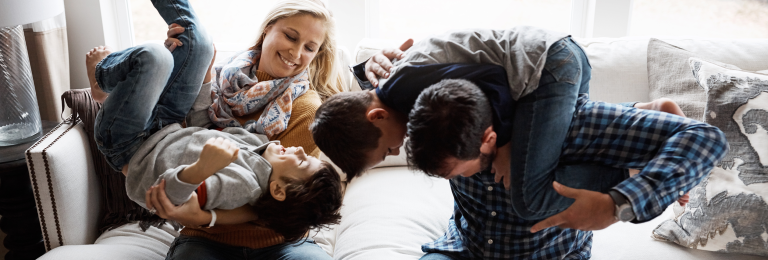Wrestling and Roughhousing with Your Children
A key to optimal development in childhood is rough and tumble play. As a parent, wrestling and roughhousing are a great way to connect with your child, teach them boundaries, build their confidence and enjoy some physical activity while engaging in play with some risk.
Good rough and tumble play through roughhousing and wrestling is like a dance. The participants need to understand the cues and movements of the people engaged in order to keep the play fun. This includes knowing when to shift the power dynamics throughout, allowing the child to dominate at certain times as well as being the one pinned down. These shifts in dynamics allow the children to build confidence as they overpower someone much bigger than them, but also to understand their own limits when being overpowered.
When this play is going well, laughter, enjoyment and a desire to continue will be evident. However, if someone does get hurt then pause the play immediately. This pause enables you to check in with the child as well as to build knowledge around consent. Consent is also important to understand when roughhousing leads to pinning someone down and tickling them. The involuntary laughter that comes from this gives us a reward, but when a child says ‘stop’ we need to honour that request.
It is also important to be aware of the emotions and behaviours being exhibited throughout the play. If there is fear, crying or genuine aggression then that is not play, and has turned into real fighting.
While there are some key things to remember, the most important thing is to have fun, build trust, and strengthen your relationship with your child.
